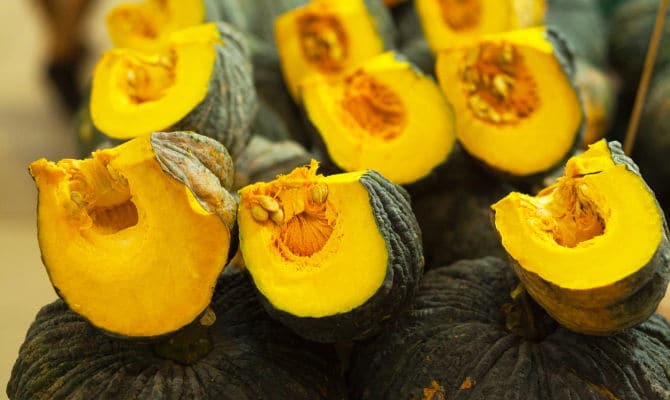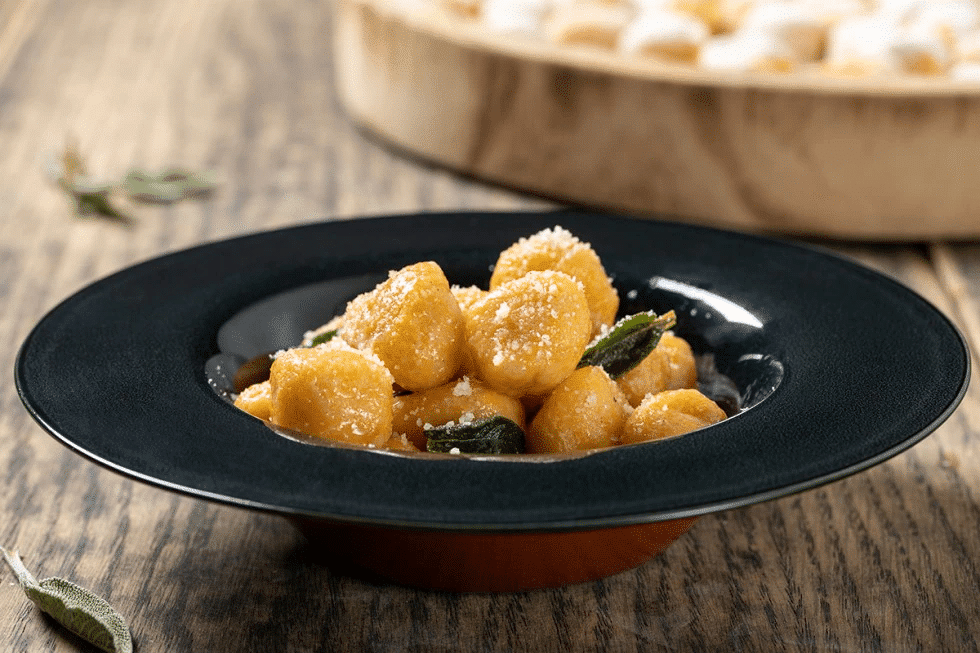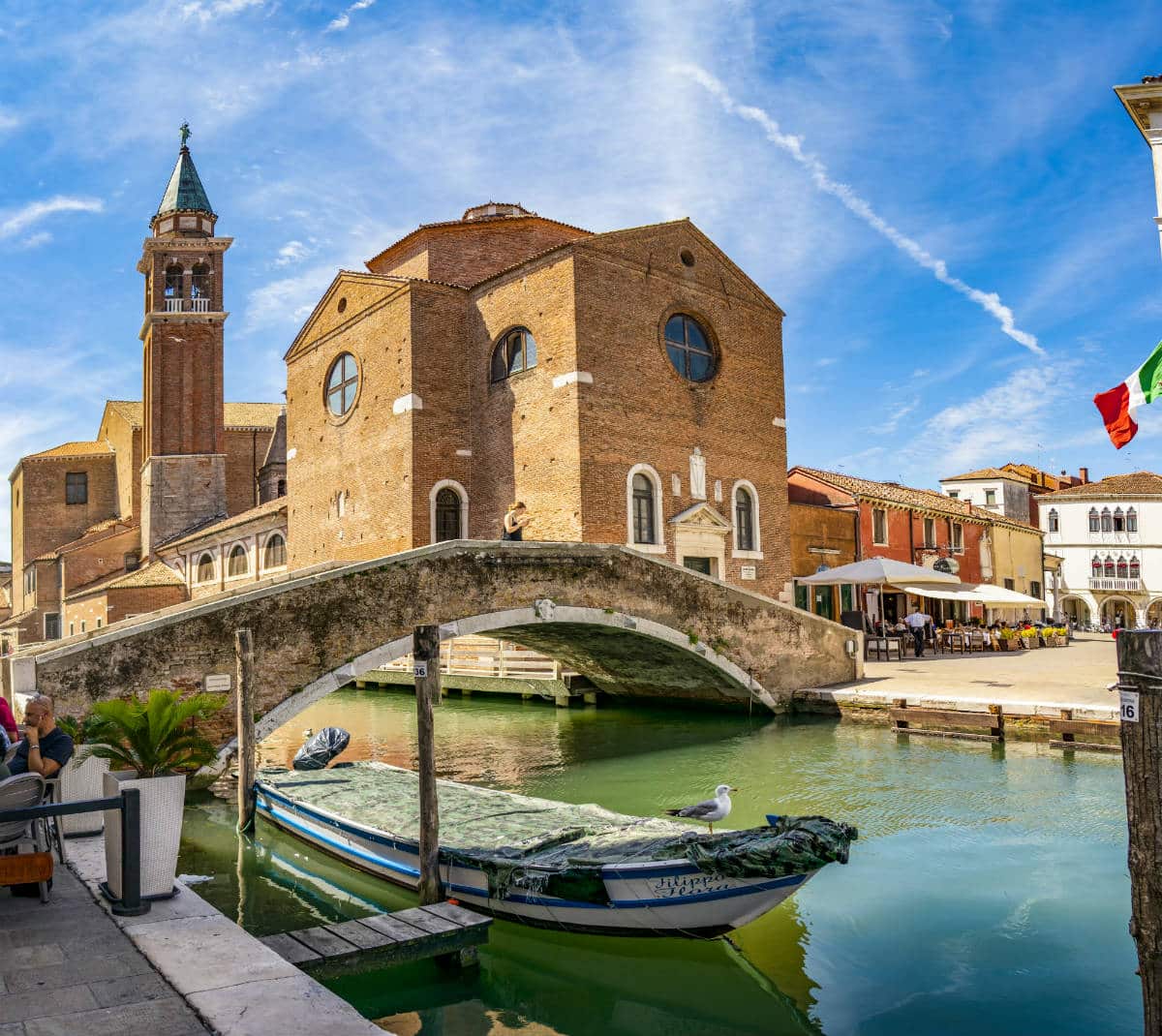Italy is a country much appreciated and loved not only for its historical, artistic and scenic heritage but also for its long tradition of food and wine. There is no town or village, from north to south, that does not have its own speciality, and Chioggia is no exception. This picturesque town in the Veneto region, whose historic centre is dotted with bridges and alleyways like a small Venice, has a typical product in the Zucca Marina, a real delicacy to be discovered during a stop in Chioggia.
Discovering the Zucca Marina di Chioggia
The pumpkin, in everyone’s imagination, is above all the Jack-o’-lantern carved with a ghostly grin on Halloween: in Chioggia, however, it is the basic ingredient for the preparation of traditional local dishes, not to mention that it looks decidedly different from the classic orange pumpkin. The Zucca Marina di Chioggia has a very wrinkled, lumpy, greyish-green skin, while the flesh is a decidedly sweet, orangey-yellow colour with a firm, low-fibre consistency.
The pumpkin that now boasts the coveted title of Slow Food Presidium of the Veneto Region is known by many names: it is also called Zucca Barucca, Zucca Santa and Zucca Baruffa. The latter name clearly recalls ‘Le baruffe chiozzotte’ by the playwright Goldoni: the plot of this amusing comedy from 1762 tells of the uproar triggered by the Marmotina offering a bit of cooked pumpkin to the young Luisetta, betrothed to Tita Nane the fisherman.
The name Zucca Marina (sea squash) is linked to the fact that in the past this vegetable was cultivated by the so-called marinanti (mariners) who lived on the Veneto coast, and who were therefore more devoted to tending their vegetable gardens than to fishing.
Although today this type of pumpkin is linked to the town of Chioggia, it is thought to have arrived in Europe only after the discovery of America in 1492, being a vegetable originating in Central and South American countries such as Peru and Mexico.

©justhavealook/iStock
Pumpkin dishes
The cultivation of Zucca Barucca is not difficult, but this vegetable, whose characteristic flavour is influenced by the currents from the Adriatic Sea, does not like temperatures below 20°. Sowing takes place between April and May, while harvesting usually takes place in late summer, ready to be eaten fried, baked or boiled.
There are many typical dishes in which the Zucca Marina di Chioggia is one of the main ingredients, from soups to salads, where it is also eaten raw.
In order to taste the Zucca Marina di Chioggia, it is particularly recommended to try the typical sweet “smegiassa”, “pinza”, “risi e suca”, “suca col late” and above all the “gnocchi de suca”: these gnocchi are prepared with the pumpkin of Chioggia, flour, eggs, salt and nutmeg and are seasoned with butter, sage and Parmesan cheese.

©cucchiaio.it
A taste of pumpkin is a very good reason to visit Chioggia, although the Veneto town itself is a real gem waiting to be discovered, perhaps underestimated given its proximity to the much more famous Venice, just over 52 km away.
A walk through the medieval historic centre of Chioggia reveals places such as Ponte Vigo and Canal Vena, lined with romantic porticoes that make this corner one of the city’s most charming spots. Also worth seeing are the ancient Tower of Sant’Andrea, the 17th-century Cathedral of Santa Maria and the beautiful Church of San Domenico, which houses the beautiful Saint Paul by Vittore Carpaccio.

Ponte dei Filippini
Main photo Instagram/marco.malatesta_



0 Comment